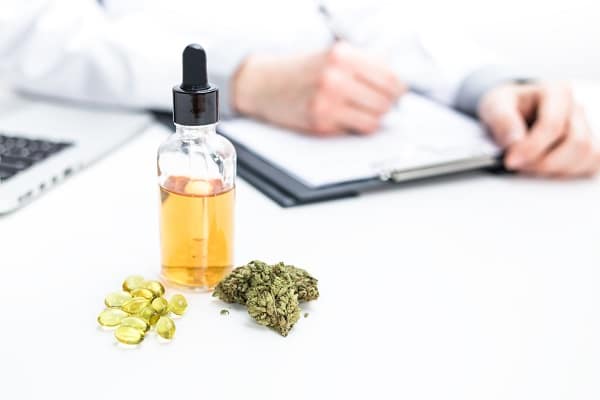In the late 1950s, a group of scientists and engineers who worked with food products developed what is known as hazard analysis and critical control point (HACCP). Sixty years later, HACCP has become a well-established system used by producers and manufacturers to make sure food products are safe for consumers. Now HACCP also plays a major role in the cannabis industry.
Since late 2019, the sale of edible cannabis products has been legal in Canada. In order for this part of the cannabis industry to provide safe, quality products to consumers, HACCP is necessary. Keep reading to learn more about why HACCP is important and how it works in the production and processing of cannabis edibles.
HACCP Methodology
Those studying cannabis quality assurance learn about HACCP. HACCP is a system designed to identify risk and manage it. The steps involved in HACCP methodology include:
- Hazard analysis: establish the possible hazards and risks throughout production
- Identification of critical control point:determine the precise method for eliminating the identified hazard
- Set critical limits: identify the threshold where a risk could cause an issue and ensure conditions are limited so that the threshold is not reached
- Monitor the critical control points: ensure that the methods are carried out properly
- Corrective action: if necessary, adjust or correct critical control points
- Process validation: evaluate HACCP processes to ensure effectiveness

Quality assurance professionals play a major role in HACCP
As with other types of quality assurance methods, the HACCP methodology also relies heavily on records and documentation. In order to ensure that standards are met and to conduct audits, a cannabis company must keep detailed records of all HACCP activities.
The Differences Between GMPs and HACCP for Cannabis Quality Assurance
At first, there may appear to be some overlap between Good Manufacturing Processes (GMPs) and HACCP. However, as you can learn from cannabis quality assurance courses, these two systems have different scopes within the cannabis industry. GMP covers areas including:
- Personnel training
- Standard Operating Procedures (SOP)
- Documentation practices
- Directions or instructions for procedures
- Sanitation and anti-contamination methods
- Final product testing
The above listed components and more are under the umbrella of GMP, whereas HACCP is more narrowly focused on the identification and control of biological, chemical, and physical hazards in the processes involved in making edible cannabis products.

Quality assurance is multifaceted and requires different systems to ensure compliance
The Role of Preventive Control Plans in HACCP
In order to implement an HACCP program,cannabis quality assurance professionals may also create a preventive control plan (PCP), which refers to written documentation outlining how manufacturing processes will comply with safety and quality requirements. For example, a PCP may outline the following:
- Possible hazard: mold or bacteria growth on cannabis plants during the drying and curing phase
- Preventative measure: create a plan for the conditions that will eliminate the risk of bacteria or mold
- Test conditions: the PCP for preventing mold and bacteria growth must be validated through documented testing

Documentation is the foundation of quality assurance for any kind of production process
The PCP makes the implementation of HACCP protocols clear in a written document. Both of these elements, along with GMPs contribute to monitoring and developing safety programs for the production of cannabis edibles.
Are you ready to learn more about cannabis quality assurance training?
Contact the Academy of Applied Pharmaceutical Sciences today!




